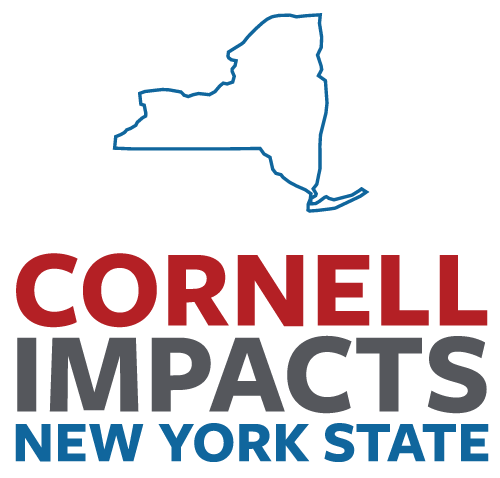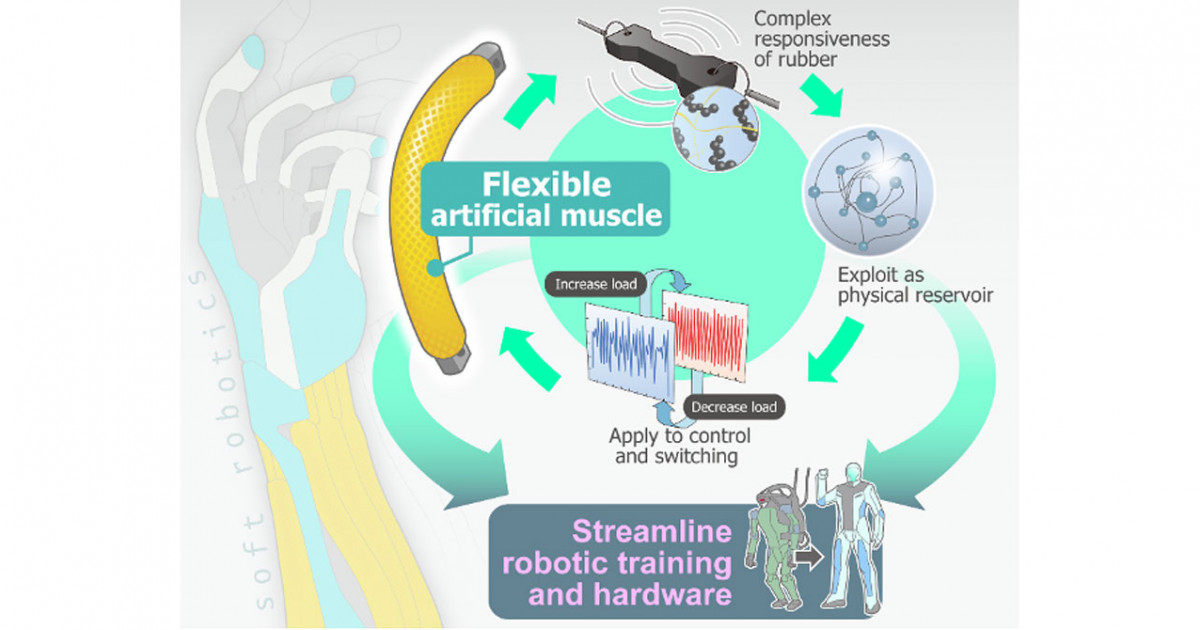Monash University’s Emerging Technologies Research Lab has unveiled massive shifts in future household energy demands in a new report published today. The pivotal study offers energy distribution networks an invaluable glimpse into the future – empowering them to sharpen their forecasts, develop future business plans, and ensure the lights stay on.

Research participants Eve and Ron Sims shown here speaking about their energy consumption
The increase in home-based care, a rise in the energy needs to support study and work from home, and the increased adoption of electric vehicles (EVs) are among the 51 specific trends found by the research to be affecting Victorians’ future energy needs.
Lead author of the study and Monash Energy Institute researcher Dr Kari Dahlgren said these trends represented both challenges and opportunities for the electricity network.
“Consumers value energy for what it enables them to achieve in their everyday lives. Predictions of energy demand will be most accurate if they recognise these values, and this report helps outline what those motivations are,” Dr Dahlgren said.
The research was commissioned by energy networks CitiPower, Powercor and United Energy as part of their consultation program informing regulatory reset proposals for the 2026-2031 period.
General Manager (Regulation) at CitiPower and Powercor Ms Renate Vogt said this research is an evolutionary jump in how energy companies model future electricity use.
“It has given us actionable insights that will benefit our customers across metropolitan, suburban and rural and regional locations,” Ms Vogt said.
“As the electrification of homes continues to grow, the trends point to a greater role for our networks and a greater dependence on their reliability.”
Researchers worked in-depth with 36 households and analysed 1,325 customer survey responses to develop the Future Home Demand Report, published today.
“The 51 emerging digital energy trends are found by looking at nine areas of domestic life, from how people prefer to charge their EVs, to how we prepare and store food, manage new digital and smart technologies in our homes, keep our devices charged, and cope with changed routines while working from home,” Dr Dahlgren said.
One insight from the research is that more families are likely to care for loved ones – both family members and pets – at home in the future. This aligns with ‘comfort, health and safety’ being the highest ranked household value, with three quarters (75.4 per cent) of survey respondents ranking it among their top two values.
“Households are increasingly installing caring devices such as life support machines that depend on reliable energy supplies. In response, we’re reviewing our approach to demand management and looking to partner with health authorities, community groups and councils on initiatives which focus on promoting low energy or lower demand approaches to providing care,” Ms Vogt said.
“The energy needs of pets is one of the most surprising findings of this research. Power needed for feeding and entertaining a growing number of pets during the day is not something we would have normally considered in our forecasts.”
Increased adoption of EVs is another trend that presents opportunities as well as challenges for the electricity grid. The survey found 77 per cent of respondents who have an EV, or are intending to purchase one in the next five years, are planning to charge it at home.
“Despite being open to technologies such as smart chargers which would charge EVs when electricity is cheap or coming from renewable sources, many people want to manage this themselves, or at least they want to be able to override automation in case of events such as extreme weather,” Dr Dahlgren said.
“With manual control, people could decide to charge their EVs just before a large storm is predicted to hit a region, creating localised pressures on the grid that need to be managed.”
This increased demand will require preparation and interventions to better manage charging habits ahead of forecasted extreme weather events.
And with more of us working from home, peak demand trends are changing. Just under half of respondents (49.5 per cent) do paid work from home at least one day a week, and nearly one in five are working from home all week.
Other trends identified in the report include the increased electrification of cooking, which will continue to accelerate in line with the mandatory electrification of new Victorian residential developments from 2024. Climate change will also impact future energy demands, as increasing temperatures and more frequent and more extreme weather events affect household routines in the future.
“Traditional forecasting of customer behaviour has relied exclusively on historical trends. But customer behaviour is changing rapidly, and this report will greatly aid our forecasting to ensure we can adapt and respond to future customers’ needs,” Ms Vogt said.
“The energy sector is changing both in how we produce power and how we consume it. Traditionally, most of the focus has been on the generation side, but only by understanding the trends in how energy is utilised at the consumer level can we successfully transition to a low carbon economy,” Monash Energy Institute Deputy Director Associate Professor Roger Dargaville said.
The Future Home Demand research was built on the methodology and process developed through the Digital Energy Futures Project (DEF), a partnership between Monash University, The Australian Research Council, Energy Consumers Australia, Ausgrid and AusNet Services.
CitiPower, Powercor and United Energy’s regulatory proposal for the 2026-2031 period are being developed through extensive engagement with the networks’ customers and communities. They will be submitted to the Australian Energy Regulator (AER) for approval in January 2025.
Please visit the Future Home Demand page to know more about the research.








